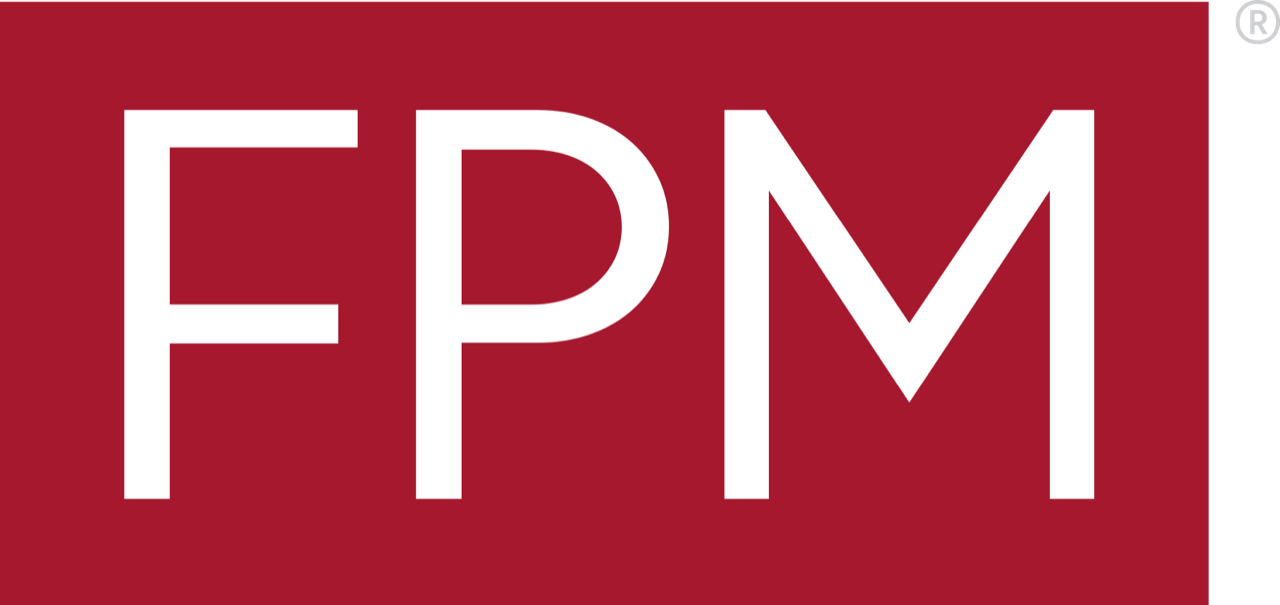
Coding and Documentation
Fam Pract Manag. 2000;7(2):19
Preventive medicine services revisited
Since I stated in the October 1999 issue that it was inappropriate from a CPT perspective to use a -52, “Reduced Services,” modifier with a preventive medicine services code to code an abbreviated screening visit, such as a sports physical, I have received numerous inquiries asking for further explanation. Here it is: According to CPT, “The ‘comprehensive’ examination of the Preventive Medicine Services codes 99381-99397 is not synonymous with the ‘comprehensive’ examination required in Evaluation and Management codes 99201-99350.” CPT does not specify the requirements for a comprehensive exam provided as part of a preventive medicine service, but does say, “The extent and focus of the services will largely depend on the age of the patient.” Consequently, each preventive medicine services code is, in a sense, elastic enough to encompass a range of services such that a reduced services modifier does not make sense in this context. I consulted with the AMA's Department of Coding and Nomenclature, which develops CPT, and they confirmed this interpretation.
